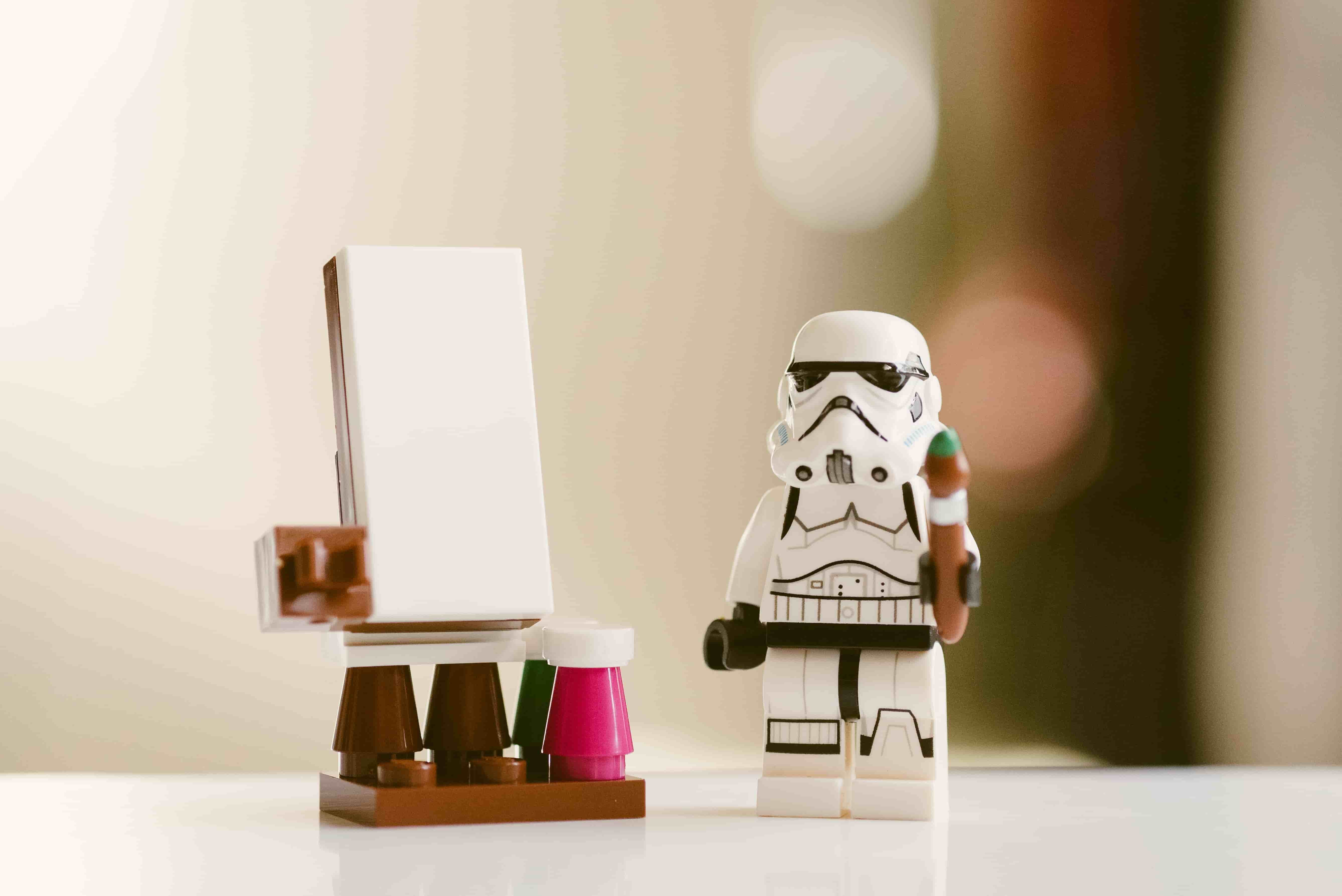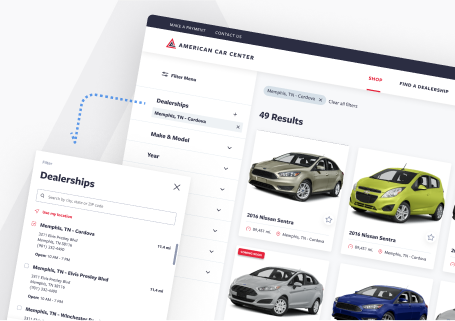8 UX Design Trends for 2019
It’s human nature to wonder what’s on the horizon, to anticipate what’s just around the corner. So we're predicting the 8 most important UX design trends for 2019.
Zach Watson

It’s human nature to wonder what’s on the horizon, to anticipate what’s just around the corner. So we're predicting the 8 most important UX design trends for 2019.
These predictions are a combination of the patterns we’ve seen in our work and market data.
For example, our prediction about artificial intelligence originates from our work on an enterprise virtual assistant. Similarly, our prognostication about design systems was fueled by countless conversations about the topic with clients and designers alike.
Here's where we think experience design is going in 2019
(If you want to dig deeper, I've included more analysis after the infographic.)

1. Voice User Interfaces (VUIs)
The movement towards voice interfaces has been gathering momentum for some time, but the proliferation of smart speakers will make voice a mainstay for user experience in 2019.
Currently, 32% of US adults own a smart speaker, and by the beginning of 2019, Adobe predicts that number will rise to 50%. And since smart speakers are often positioned in a central location in people’s homes, utilization will increase purely out of proximity. Habits will form with greater haste.
Voice is popular because it’s easy. Much of UX design is spent trying to simplify navigations and workflows, but voice doesn’t bring the same impediments as visual interfaces.
Everyone from children to grandparents knows how to use their voice to give machines directions. That’s why 41% of adults — and 55% of teens — use voice search on a daily basis.
The truth is voice interfaces aren’t the future; they’re already here in force. 2019 will only see them become more prominent.
2. Device-Agnostic Experiences
For many years, “mobile first!” has been the battle cry for UX design. And while mobile is undoubtedly important, experience design will encompass a wider range of devices than just mobile.
UX design places more emphasis on the user’s journey rather than just the devices people use. Device-agnostic experiences are designed for interactions across individual technologies, and the rise of smartwatches and speakers will make this concept a priority in 2019.
3. Design Systems
To keep things consistent across all those devices and experiences, designers will invest more time in developing and maintaining design systems.
Organizations with large product portfolios or growing design teams will benefit the most from this increased commitment to consistency because a centralized system will return the lost hours they now spend updating outdated elements.
Even design organizations with fully functioning design systems will invest in creating more sophisticated iterations. Systems that automatically push updates made in the system to products are a prominent example.
4. Content Focus
Minimally designed interfaces are en vogue among many of the largest platforms and products in the world. What’s driving the simplification of visual design? Competition. More specifically, competition for attention.
Due to the legions of new apps, designers have to contend with the veritable jungles that are modern app stores. And users are feeling the fatigue brought on by so many choices — some 25% of applications are now deleted after only one use.
So designs in 2019 and beyond will only increase the emphasis on content so users don’t have to spend any more attention than is necessary adapting to a new interface.
5. Smart Animation and Interactivity
Animation has always been a useful tool for adding interactivity and visual feedback to the user experience, and in 2019, its time will well and truly arrive. Animation has been growing in popularity for some time, but its use cases weren’t always well established, making its utilization sporadic.
Resources like the UX Motion Manifesto have improved that circumstance and provided more standards to design practitioners about when and where to use animation. Expect to see more thoughtful use of motion in the coming years.
6. Augmented Reality
Augmented reality has been making headlines for years in the gaming world, but the release of tools for AR developers and designers should help the technology expand to other industries as well.
Case in point: there are already over 13 million installs of apps developed with Apple’s ARKit platform, and Google has released its competing platform, ARCore. Nearly half of the installs from ARKit are games, but we expect augmented reality to make strides in retail, education, and medicine in 2019.
7. Personalized User Experiences
Personalization can be a broad concept, but when it’s done well, it works. For example, 94% of e-commerce stores that use personalization in their UX design see an increase in conversions.
2019 will see an increase in personalized user experiences because the technology to support it is more readily available. Machine learning and AI have given designers greater freedom in tailoring content to users based on their location, behavior, and persona/role.
8. AI and Anticipatory Design
William Gibson famously said, “The future is already here — it’s just not very evenly distributed.” The same could be said for artificial intelligence. The technology has existed in the public consciousness for some time, but so far it’s been mostly put to use by a few select companies.
According to Adobe, 31% of companies say AI is on their roadmap for the next 12 months. By working in tandem with personalization, investments in AI will be able to analyze massive troves of data and anticipate what content to deliver to users.
In 2019, AI’s most common form will be an anticipatory design that helps users navigate complex experiences or just make easier decisions in an increasingly chaotic digital world.

UX best-practices consultation!
Review your product with our industry leaders today at no cost.
Table of Contents

UX best-practices consultation!
Review your product with our industry leaders today at no cost.





